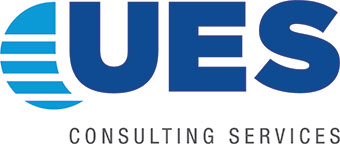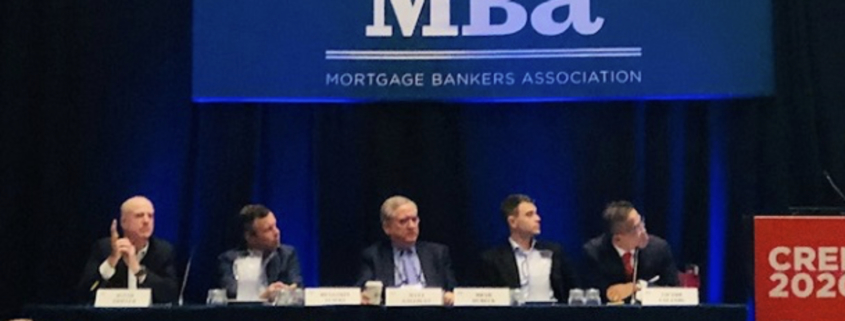Advice on Avoiding Issues with the ADA
First and foremost, what is the ADA?
It is the American Disabilities Act which pertains to all Commercial Real Estate transactions. The ADA defines disability as – “a physical or mental impairment that substantially limits a major life activity.” This Federal bill includes everything from how you can hire and fire to how you can enter a building.
So how do you avoid issues with the ADA on Retail Properties?
Reading below is a good start to gain intel on some crucial accessibility problems to avoid.
The American Disabilities Act appoints retail businesses as “places of public accommodation” so developers must provide access for people with disabilities when constructing new facilities. Every space is unique and has its own set of problems but there are more common issues that will be discussed below.
- Curb Ramps. Not up to standards curb ramps are very common. The property may have curb ramps but, unfortunately, often times they do not comply since they do not have regulation slopes, dimensions, or landings. ADA requires curb ramps along the accessible route which includes the path from parking spaces. Noticeable warnings are necessary in local jurisdictions and certain states. Design details for curb ramps encompass clear landings at the top of the ramp, appropriately flared sides, and maximum slopes.
- The Legend of The Grandfather Clause. This is a major misunderstanding about the ADA in general, not specific to retail properties. The ADA is federal law, not a building code. Properties built before 1991 are not excluded by a grandfather clause. The ADA regulates that tenants and building owners are required to constantly remove familiar barriers.
- No Entry from Public Sidewalks. Retail properties need to include at least one accessible route from public transportation stops, streets and sidewalks. It’s necessary for these accessible routes to include maximum slopes, proper head clearances, free from obstructions, and minimum dimensions. Retail properties also need to grant easy access from buildings that are on the same site.
- Parking. This area of compliancy is often times complicated. Common issues are unacceptable striping/identifications of the parking spaces and too few ADA spaces. ADA Standards are very stringent about the markings, size, parking identification of accessible parking spaces, the ground slope, free from obstructions, and has to be adequately conserved.
- Historically Significant Facilities. City governments usually believe they have no duty to change historically significant buildings and facilities to improve accessibility for people with disabilities.

